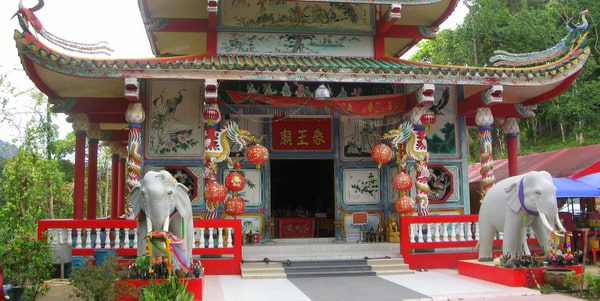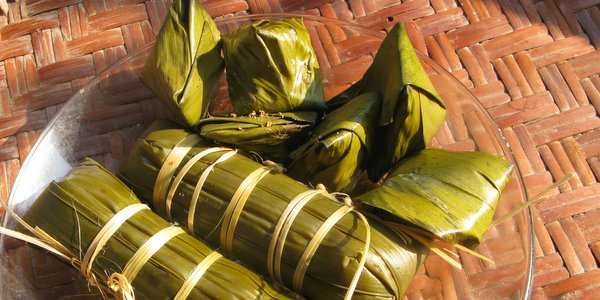Not many places get to celebrate three New Years but here in Thailand they do. We have already partied into the calender year of 2014, while Songkran on 13th April with its water throwing festivities, is the beginning of the Thai New Year and tomorrow, 31st January, sees the start of the Chinese New Year.
Early this morning the locals have already been busy with their firecrackers, as is the practice on the preceding day. The loud noise wards off the evil spirit who comes on the last day of the lunar year, the eve of what is also called the Spring Festival.
Traditional Chinese calendars are calculated on a combination of moon cycles and the seasons, with the lunar new year usually marked by the second new moon after the winter solstice.
Additionally there is a cycle of 12 years, each presided over by an animal spirit which is said to affect the personality of the year itself and those born in it, so tomorrow becomes the year of the horse.
A large percentage of Thailand has at least partial Chinese ancestry, perhaps as high as 40% and as you would expect with a migration of more than six centuries, they are very well integrated into all levels of business, government and society.
Temples on Koh Chang
On Koh Chang, there is a beautiful Chinese temple, on the hill between the ferry port and the village of Klong Son, well known and popular because of its past of successful predictions by the resident godfather, Chao Po Koh Chang and his wife. Drivers honk on their horns three times as they pass for good luck. A lesser known but charming little temple can be found down by the sea at Dan Mai on the east coast.

Meanwhile, on Koh Mak, there is a museum documenting the history of Koh Mak’s very own diaspora, all Chinese Affairs Officers it seems, who first settled there at the beginning of the 19th Century. Their direct descendents are the majority landowners today.
Food on Chinese New Year
Colourful selections of red and gold wrapped presents, decorations, sweets and cakes have filled even the smallest of shops here on the island for the last few days and locals have been busy making Khanom Thien, best translated as sticky cake, an outrageously sweet and delicious tapioca flour and peanut concoction, wrapped in a banana leaf.
Incidentally, red protects against Nian, the mythical beast who comes to terrorise villages at the end of the old year and gold of course represents luck and wealth.Red also symbolises fire, as do fireworks and both are used in the celebrations as a further defence against bad luck.

Surprisingly it’s not an official holiday, but certainly everyone throughout the country loves to join in the celebrations. Most years Chinatown in Bangkok is packed with tourists, many of whom come from China itself to enjoy the spectacle, but despite reassurances by the Thai Tourist Authority (TAT), the festival is expected to be more muted this year due to the ongoing political protests.
Back to News from The Islands






